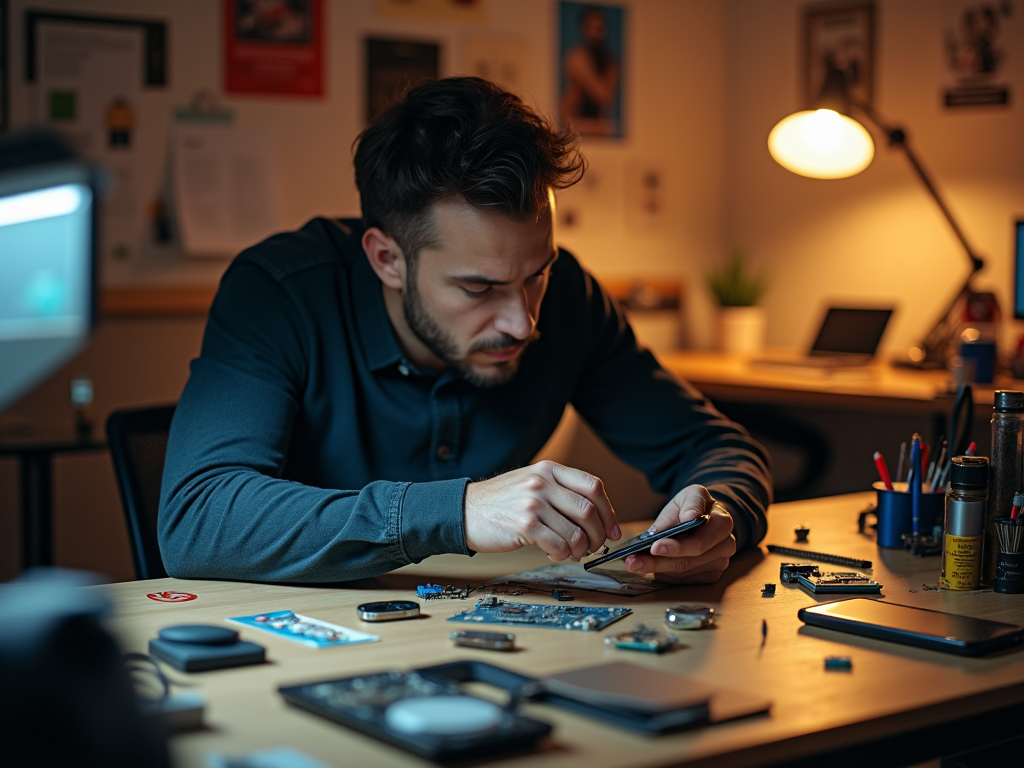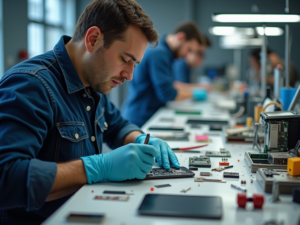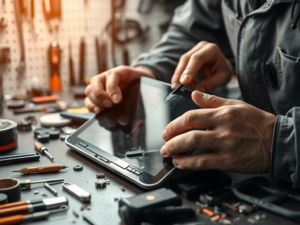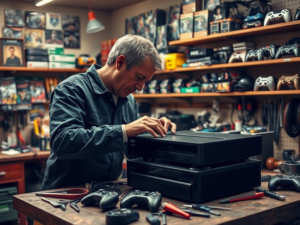In the age of advanced technology, our smartphones often serve as lifelines, holding essential data, facilitating communication, and even controlling our home devices. However, the inevitable misfortunes such as cracked screens or battery issues can leave us facing a crucial dilemma: should we dive into a DIY repair or leave it in the hands of a professional? With the right knowledge, it might seem tempting to tackle these fixes ourselves, especially considering the plethora of online tutorials and videos available. Yet, there lies a fine line between empowerment and recklessness when it comes to DIY electronics repairs. Understanding the implications of both choices can help us navigate this gray area more confidently, ensuring that our beloved devices are restored to their former glory without unwanted complications. This article aims to explore the various facets of smartphone repairs, weighing their pros and cons while providing insight into when it’s best to call in the experts.
Understanding Common Smartphone Problems
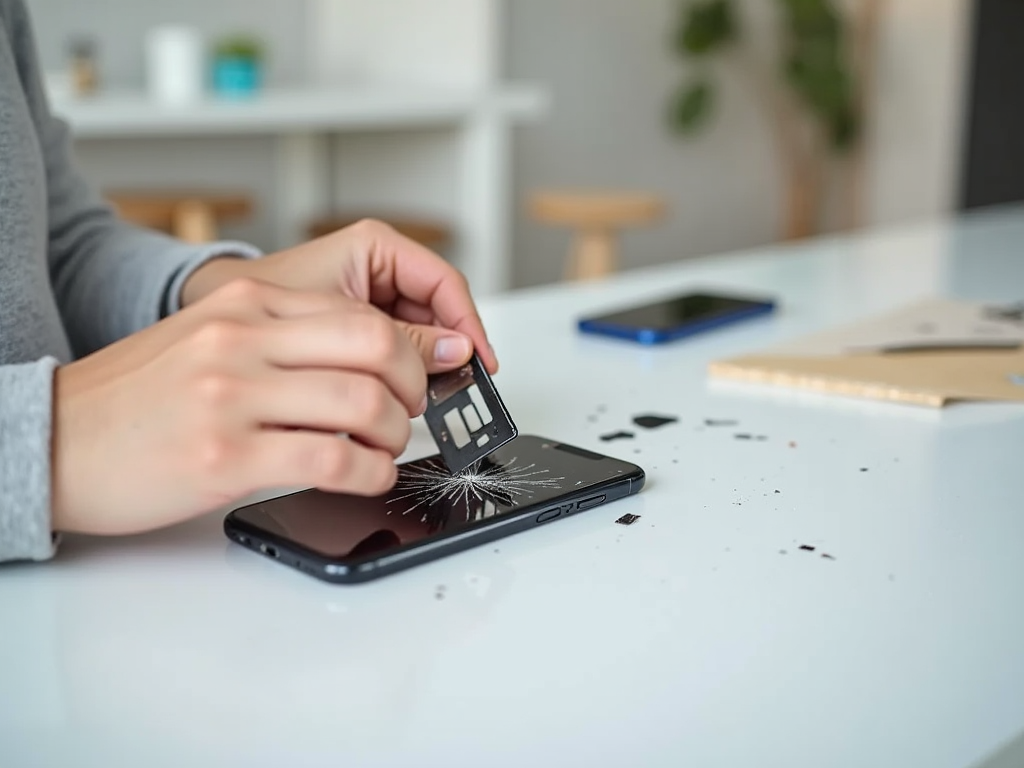
Smartphones, no matter how advanced, are susceptible to various issues that can disrupt their functionality. Some of the most frequent problems encountered by users include:
- Cracked screens
- Rapid battery drain
- Software glitches freezing the device
- Charging port malfunctions
- Overheating
- Camera issues
It’s essential to recognize these issues early on, as timely intervention can sometimes prevent further damage. Addressing problems promptly can extend the lifespan of your device and keep it functioning optimally. For instance, a cracked screen might initially seem like a minor inconvenience, but if left unattended, it can lead to internal damage or affect your ability to use your phone effectively. Familiarizing yourself with these common symptoms is a vital first step in deciding whether to embark on a DIY repair journey.
The Pros of DIY Smartphone Repairs

When considering DIY repairs for your smartphone, the benefits can be quite appealing. First and foremost, the potential for significant cost savings cannot be overlooked.
Professional repair services often charge hefty fees for labor and parts. By repairing your phone yourself, you can save this expense and perhaps invest the money elsewhere. Additionally, attempting a DIY fix often leads to a rewarding learning experience. Navigating through the intricacies of electronic repairs can bolster your confidence and lead to skills that are transferable to other tech gadgets.
Another advantage of opting for DIY repairs is the immediate results. Many times, waiting for a professional to fix your device can lead to frustrating downtime. Instead, taking matters into your own hands allows you to regain productivity without unnecessary delays.
The Cons of DIY Smartphone Repairs
Despite the attractive benefits, DIY repairs do come with their fair share of challenges. One of the most significant drawbacks is the risk of further damage. Many smartphone components are delicate, and the slightest mistake during a repair can worsen the original issue or lead to new problems. It’s essential to approach repairs with caution and proper knowledge.
Moreover, conducting unauthorized repairs can void your warranty. Many manufacturers stipulate in their warranties that repairs must be completed by certified professionals. If your device is still under warranty, this could represent a considerable financial loss if future repairs are needed.
Finally, time consumption is another factor to consider. While it can be quick at times, inexperienced individuals may find themselves spending more time than expected on repairs. Balancing time and efficiency is crucial, especially in our busy lives.
When to Seek Professional Help
As you weigh the pros and cons, there are certain scenarios that clearly indicate when it might be best to seek professional help. For complex repairs that require specialized tools, expertise, or knowledge, leaving the job to professionals is usually wiser.
If your smartphone contains sensitive data that you can’t afford to lose, professional services can also offer reassurance regarding data protection and recovery. This aspect is crucial, particularly in an age where our devices are treasure troves of personal and professional information.
Lastly, if your phone is still covered by a manufacturer’s warranty, it’s best to enlist the help of certified repair services. This choice will help ensure that your warranty remains intact, protecting your investment and enabling future services without additional costs.
| DIY Repair Advantages | DIY Repair Disadvantages |
|---|---|
| Cost Savings | Risk of Further Damage |
| Learning Experience | Voided Warranty |
| Immediate Results | Time Consumption |
Conclusion
The decision to undertake a DIY smartphone repair or seek professional assistance hinges on various factors, including the nature of the issue, your technical acumen, and whether real-time fixes are a priority over warranty protection. Evaluating both the benefits and pitfalls of each option allows for a well-informed choice that can save you time, money, and potential headaches in the long run. By weighing these considerations, you can confidently decide with clarity, whether to roll up your sleeves or pick up the phone and call a professional.
Frequently Asked Questions
- What are the most common DIY smartphone repairs?
- Cracked screen replacement
- Battery replacement
- Software updates
- Can DIY repairs void my warranty?
- Yes, most manufacturers void warranties if unauthorized repairs are made.
- How can I find reliable guides for DIY repairs?
- Websites like iFixit and YouTube offer comprehensive guides and tutorials.
- Is it cheaper to do it myself?
- Generally, yes, but consider the cost of tools and potential mistakes.
- What should I do if I mess up a DIY repair?
- Assess the damage and consider consulting a professional for further assistance.
